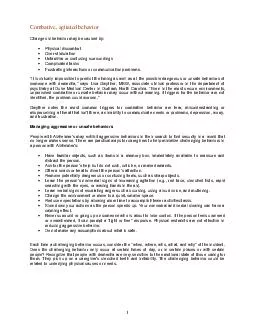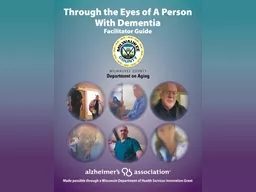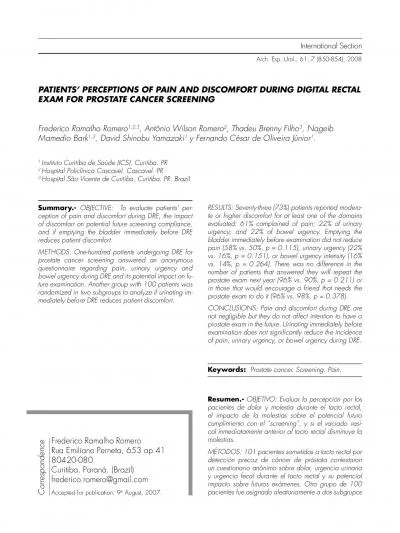PDF-Combative agitated behavior Changes in behavior may be caused by Physical discomfort Over
Author : natalia-silvester | Published Date : 2015-03-07
It is virtually impossible to predic t the timing as well as all the possible dangerous or unsafe behaviors of someone with dementia says Lisa Gwyther MSW associate
Presentation Embed Code
Download Presentation
Download Presentation The PPT/PDF document "Combative agitated behavior Changes in b..." is the property of its rightful owner. Permission is granted to download and print the materials on this website for personal, non-commercial use only, and to display it on your personal computer provided you do not modify the materials and that you retain all copyright notices contained in the materials. By downloading content from our website, you accept the terms of this agreement.
Combative agitated behavior Changes in behavior may be caused by Physical discomfort Over: Transcript
Download Rules Of Document
"Combative agitated behavior Changes in behavior may be caused by Physical discomfort Over"The content belongs to its owner. You may download and print it for personal use, without modification, and keep all copyright notices. By downloading, you agree to these terms.
Related Documents














